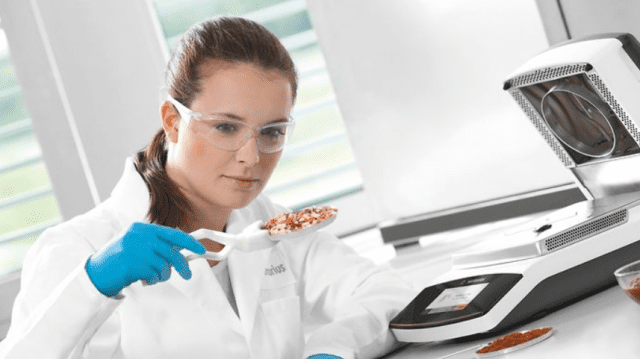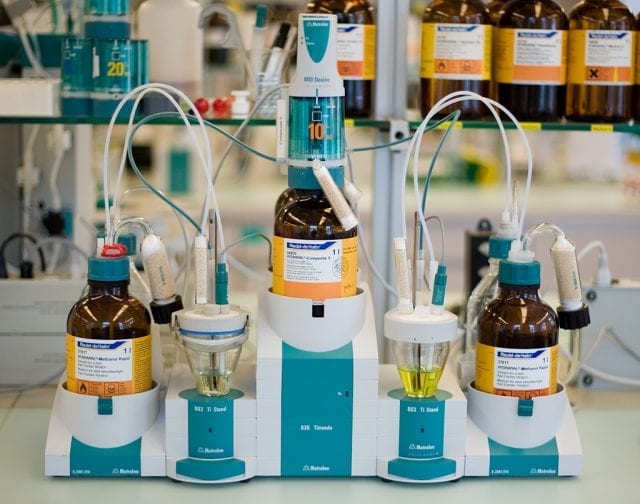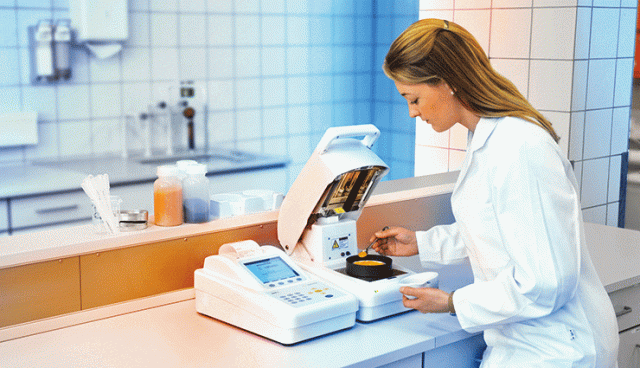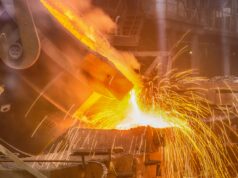
In everything that surrounds us, you can find moisture. That includes the environment, the materials that make up our day-to-day life, and of course, the food we eat. Moisture, in the right circumstances and amounts, is essential for us. While you don’t need a flood to cause damage to our health, anything above or below the general scale can drastically impact the properties of a material. Having the right amount of moisture in a material, or foods can play a huge role in quality control.
Depending on how much more or less moisture is present in a substance, the weight, rate of thermal expansion, conductivity, amalgamation, and several other factors can drastically change in that substance.
Other factors that change due to too much or too little moisture are the viscosity, refractive index, and density.
When talking about chemical manufacturing, having the right amount of moisture in cosmetics, pharmaceuticals and cleaning appliances can be the difference in the quality of a certain product.
In industrial design, moisture plays a vital role in the safety, durability, and suitability of materials for construction purposes.
In the food industry, the right amount of moisture can be the difference maker between quality and safety.
Having the ability to accurately measure the moisture content in a specific substance is necessary to ensure the quality of that substance. We measure the moisture in substances with moisture analyzers.
Moisture Analyzers vs Testing Alternatives

The first accurate moisture analyzer was the Karl Fischer titration. Using a Karl Fischer Titrator, one could accurately add or remove water chemically and determine the moisture properties. But this experiment would require a working oven, several hours of your time, and the results were not always accurate.
The principles on which the Karl Fischer Titrator works are the same as those of digital moisture analyzers. It is fair to point out that these two are different methods in which you can measure the moisture and they are not related to one another.
Depending on what you are after, you can get great results with each. According to DSC Balances, nowadays, there are plenty of devices on the market, one of which is Sartorius MA35 moisture analyzer.
How Important Is Accurate Data?

Digital moisture analyzers come with their own set of strengths and weaknesses. Depending on the testing of a specific substance, the moisture properties can eighter vaporize or decompose during the heating process. This can deliver inaccurate data that cannot be used in further calculations. When measuring these substances, it’s better off to use a Karl Fischer Titrator than a digital moisture analyzer due to its specific capacities.
However, when testing ordinary materials and substances, a digital moisture analyzer is your best tool to deliver accurate results and save time. With these types of analyzers, you can modify and customize the time of your tests by using template timers. For a substance that has no more than 5-15% of moisture content, you can use various features such as “rapid/fast” mode for instant results. Other features help you deliver the most accurate data depending on the substance that you’re testing. For example, when testing samples containing gypsum, its best to use step drying features.







